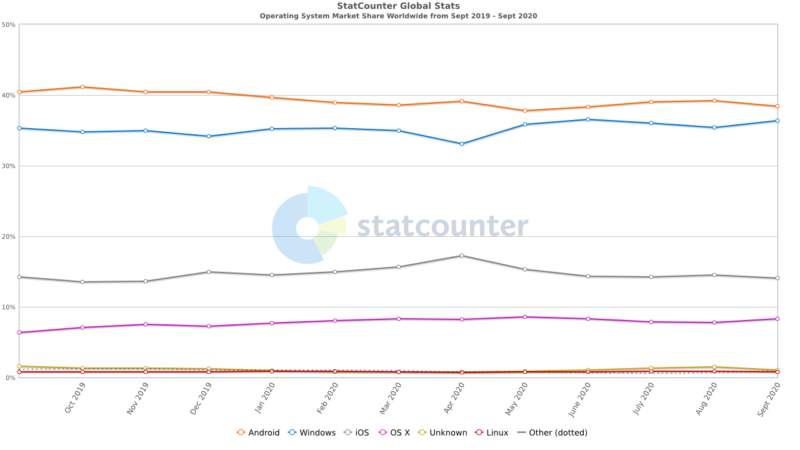

This one may toe the line between open source and a freemium model: Automagica is indeed open source and free for non-commercial uses, but business uses will require a commercial license. Robot Framework also offers a web demo and thorough documentation. Like others, it emphasizes natural or human-readable language as a means of making it easier to use. One of the most active projects, Robot Framework is a generic framework for both test automation and RPA. The company’s tools are based on the open source Robot Framework. Among the developer-focused firm’s nascent tools is “Robohub,” an educational resource for RPA developers. It’s still in its infancy – you can submit your email address to request early access via the firm’s homepage – but has some financial might behind it to help it make a dent. (The company received a $5.6 million seed round last year.) This is a relatively new entry into the field, and somewhat unique in that it’s a venture-backed startup promising to deliver cloud-based, open source RPA tools for developers. Robocorp might have our favorite name of the lot – it kind of conjures up some of the darker, Terminator-esque images of RPA – but that’s a bit beside the point. It boasts website automation, computer vision automation, optical character recognition, and keyboard-and-mouse automation as its fundamental capabilities. (The rationale for the name change is wonderfully straightforward and geeky, too.) RPA for Python was built on TagUI, hence the original name. Previously dubbed “TagUI for Python,” this is a Python package for RPA development.

Contributor Ken Soh wrote in a 2017 Medium post introducing TagUI, “this makes it easy for rapid prototyping, deployment, and maintenance of UI automation, whether you are a developer or not.” TagUI also has solid documentation. (In this way, a flow in TagUI is what others might call a script or a bot.) TagUI stresses the simplicity or naturalness of its language. (This is a common feature of open source RPA tools, and one that distinguishes it from some commercial tools.) TagUI uses the term and associated concept of “flows” to represent running an automated computer-based process, which can be done on demand or on a fixed schedule. Maintained by AI Singapore, TagUI is a command-line interface for RPA that can run on any of the major OSes. With that in mind, let’s take a closer look at six free open source options for RPA exploration and development. Tool adoption will depend considerably on the ability of these departments to manage their RPA development and ongoing management themselves, ideally in a collaborative manner with IT but not wholly dependent on IT. One reason for this: RPA use cases abound across various business functions, from finance to sales to HR and more.

Open source might sound intimidating to non-developers, but there’s good news on this front: While some open source projects are particularly developer-focused, multiple options stress ease of use and no- or low-code tools, like their commercial counterparts. Multiple open source RPA options stress ease of use and no- or low-code tools, like their commercial counterparts.

There’s a middle ground in the build-versus-buy decision: Multiple open source RPA projects now underway give IT leaders and practitioners another option for exploring RPA without needing to start completely from scratch on your own or committing to a commercial vendor before you’ve really had a chance to figure out a strategy. Meet me in the middle: Open source RPA options Some of the commercial vendors offer a “freemium” product as a way of enticing prospective customers to kick the tires on their platforms. Moreover, commercial RPA vendors have generally made a point to prioritize ease of use, in the hopes of enabling non-developers to be able to create and deploy bots without a ton of technical overhead. It’s a competitive market, too – you’ve got options.
#Rpa tool for mac software
In fact, Gartner previously called RPA the fastest-growing enterprise software segment of 2018, with 63 percent growth in worldwide revenues. (Some market themselves under different but related terms like “intelligent automation.”) On the buy side, there’s a burgeoning marketplace of commercial software vendors offering RPA in various flavors, as well as overlapping technologies. On the build side, you can write your own bots from scratch, provided you’ve got the right people and budget in place. As with many new software implementations, there’s a build-or-buy choice when getting started with Robotic Process Automation (RPA).


 0 kommentar(er)
0 kommentar(er)
